|
by Dark Watcher |
|
|
To understand the reason for the Famicom Disk System's existence, you need to look back to 1985. While video game consoles were
dead in the US, the Famicom boom was taking hold of Japan's populous. However, the game's time honored ROM cart manufacturing
was expensive. Even the simplest games retailed for over 5000 yen, bringing them beyond the reach of most children's allowances.
Nintendo's answer? Release games on disks, which are much cheaper than cartridges to make. A disk's contents can also be
changed easily and at low cost to the buyer. And so the Famicom Disk System was born. Nintendo's disk format sparked a wave of enthusiasm among Japanese game freaks at the time. Once you buy a disk, you can change the contents of the disks as many times as you want, as long as the disk holds out, for 500 yen per game. Disk Writers were available in toy and department stores all across Japan and getting a new game written was as simple as waiting a couple of minutes. The very first Disk System game was none other than The Legend of Zelda. |
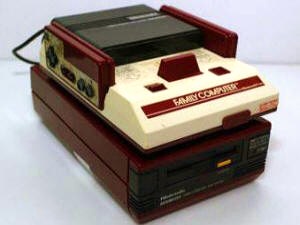 |
|
However, even though over two million Disk Systems were sold in 1986, results still were not as great as the expectations Nintendo
had. For one, ROM cartridge technology eventually progressed well beyond the disk's 64k per side capacity. The Disk System
was suddenly killed in 1988 when Nintendo literally took them off the shelves due to rampant illegal copying of the disks, but the
system lasted long enough to give some great games. The Disk System was a moderate success. Over 220 games (licensed and non) were released and Disk Writers were chugging away in stores until 1993. Nintendo even held several special contests using Disk Fax machines that read the high scores on an inserted disk and sent them to Nintendo for inclusion in a national scoreboard. Many of the popular disk games were converted to cartridge form. The rest of the world saw Zelda in cart form. Another popular title called Doki Doki Panic was also converted to cart with changes that took advantage of the Mario character's popularity. The game became Super Mario 2 in the USA. |
|
|
by Marriott_Guy |
|
|
Nintendo has always been at the forefront of new gaming technology and has always challenged the ways of conducting business.
Some of their ventures were quite successful, some simply failed miserably. The Famicom Disk System, released in 1986, probably
straddles the fence in this area. At the time, the standard cartridge format was king, but rather expensive to manufacture and hence pricey for the end consumer (about $50 USD for a game cartridge at the time). This format also had an Achilles heel - the inability to save game data. Battery back-up technology for carts had not yet been developed. Another item that had handcuffed game developers was the small size of the development canvas of the cartridge. The Nintendo Famicom was flourishing in Japan and the question became how to parlay this success and increase profits and distribution. Nintendo's answer - change the media format. The Family Computer Disk System is not a stand-alone console - it is a peripheral for the Nintendo Famicom (similar to a CD add-on for the Sega Genesis). It uses 3.0" floppy disks as the media format. The system itself connects to the Famicom via the included RAM Adapter - a cartridge that is inserted into the Famicom, with a cable that connects directly to the Famicom Disk System. The console is powered by the supplied AC adaptor or 6 "C" celled batteries. |
|
|
The unit resides below the main mother ship, somewhat similar to the first run Sega CD system with its parent Sega Genesis. The
red and black casing fit perfectly with the original design of the Famicom. A simple yellow eject button flanks the floppy drive
slot. Though rather understated in
appearance, it does compliment the Famicom extremely well.
Underneath the hood, the Famicom Disk System added a bit more RAM to
provide subtle video/audio enhancements to the Famicom.
The system is prone to having belt drive issues, which include breaking, or even worse, melting within the console. The bad thing is that this simple rubber piece is not a standard size and is only available through Nintendo in Japan. Though it is
understandable to protect a system using proprietary replacement parts, this is a bit much. The main function that all of this
technology served was as to provide the gateway to this new
floppy disk media format. The floppy disk format had many advantages over standard ROM cartridge technology, the first being reduced cost. Manufacturing expense was decreased by nearly 60% when distributing a game via floppy disk versus the standard ROM cart. This savings was passed on to the end consumer. Games in this format did not cost $50 USD anymore - you could get them for $5 USD (more on this later). Another plus was the increased storage space of the floppy disk. The double-sided 56 KB disks (called Disk Cards by Nintendo) offered the game developer much more freedom and liberty to increase game size and complexity. |
|
|
The last benefit of the Disk Card was that they were rewritable. True 'game save' technology was now possible (a huge win for the
gaming community). This rewritable feature also changed the way Nintendo distributed games - the game kiosk. Games for the Famicom Disk System were sold the traditional way in stores - same as for any other gaming platform. The competitive advantage of the Disk Card to overwrite existing data opened a new method of software delivery - what we would call today 'digital distribution'. Nintendo made gaming kiosks widely available. The purpose of these devices was to download games to your Disk Card for around $5 USD per game. Don't like a game, no problem - simply bring it to one of these automated vendors and overwrite it with a new title of your choosing. The game library was not comprised of a bunch of slouches either. The first Famicom Disk System game was one of the pride and joys of Nintendo to this very day - The Legend of Zelda. Over 220 games were released for this system - many since ported to the cartridge format (once cart size and technology had sufficiently advanced). Life was good for the Nintendo and its Famicom Disk System - for around two years. The Disk Card format and the Famicom Disk System itself were truly innovative, but both suffered from serious flaws. The Disk Card format was even worse in some regards. Game development pushed the envelope of this format, utilizing both sides of the disk. This would cause the gamer to have to 'flip' the disk to continue game play. This is still the case even in today's next-gen games that span multiple DVDs, so this is nothing more than a minor irritant. As with other floppy disks, the failure rate of this format is another issue. Disks could become demagnetized over time and unusable. The main problem that eventually put this system to rest: piracy. The Disk Card format that was created by Nintendo did have some protection to prevent theft of data. Shortly after its debut, bootleg versions of licensed Famicom Disk System games began to surface all throughout Asia and Europe. Nintendo attempted to prevent this through various changes to system and game programming, but in the end the pirates always had an answer to these new anti-theft deterrents and eventually prevailed. Nintendo finally pulled the plug on the Famicom Disk System in 1989, though games for this system (both licensed and non) were made available through kiosks (and other unlicensed sources) through 1993. |
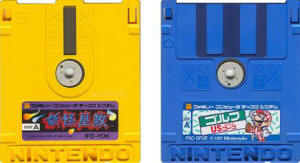 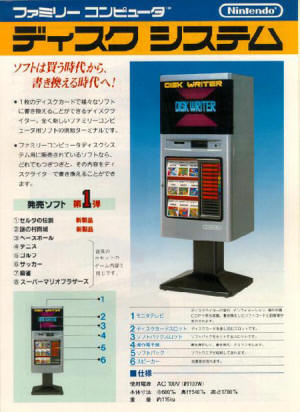 |
|
Though the Famicom Disk System was very innovative at the time, the inability to curtail unbridled piracy of game software proved to
be its downfall. There was one thing that was not duplicated by outside sources with this system - the only officially recognized
Nintendo mascot, Mr. Disk. System belt failure and Disk Card demagnetization are common - ensure to verify both are in good working order prior to any purchase. The belts will cost you around $10 USD, plus shipping (most likely from Japan). Ensure you see test play first for both any system and game purchases you intend on making. |
|
|






 2010s - NOTES
2010s - NOTES


 MODELS
MODELS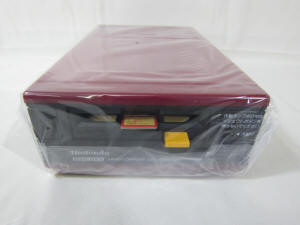
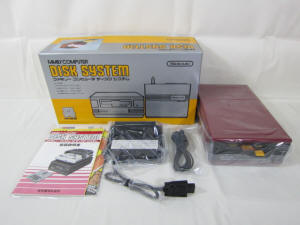
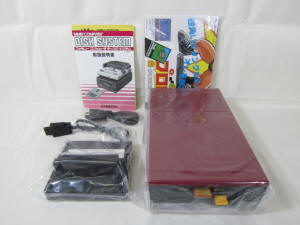
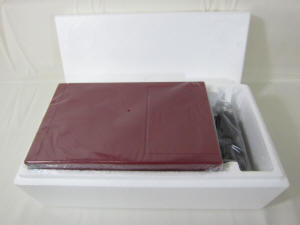
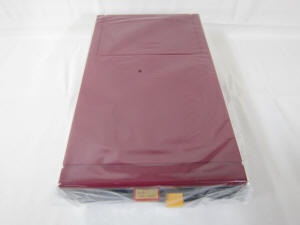
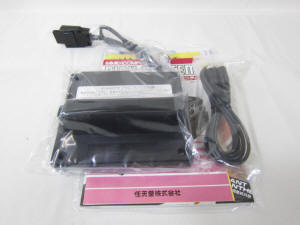
 CLONES
CLONES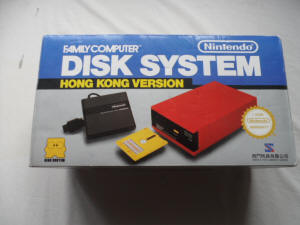
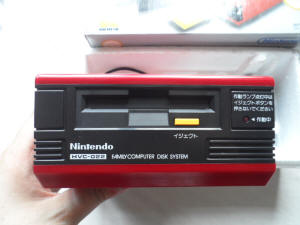
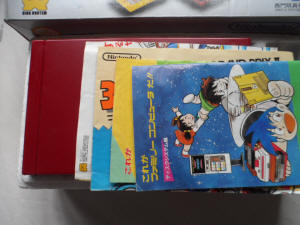
 CONSOLE RATINGS
CONSOLE RATINGS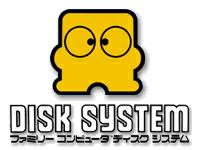
 FORMAT, PACKAGING & GENERAL INFO
FORMAT, PACKAGING & GENERAL INFO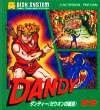
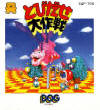
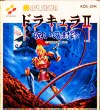
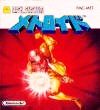
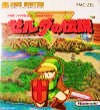
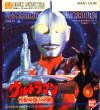
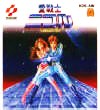
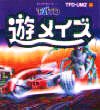
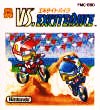
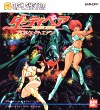
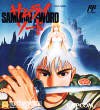
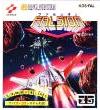
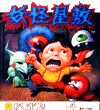
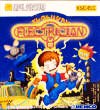
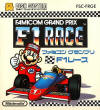
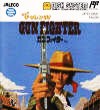
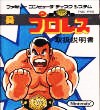
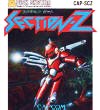
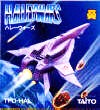
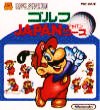
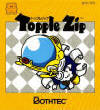
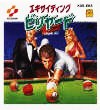
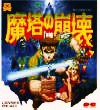

 SCREENSHOTS
SCREENSHOTS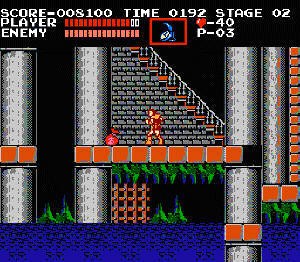
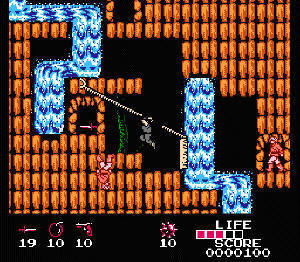
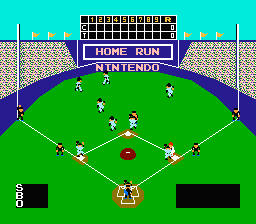
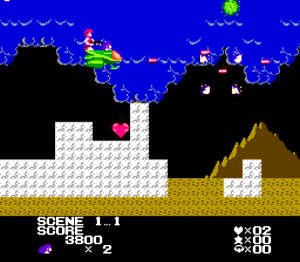
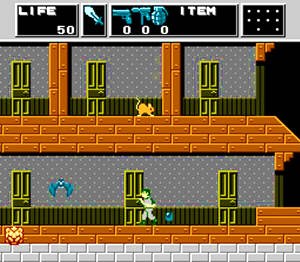
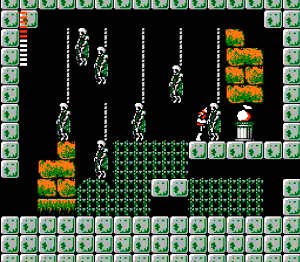
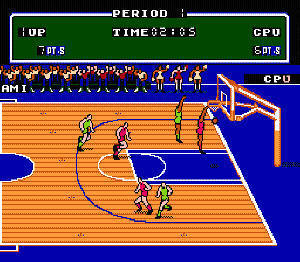
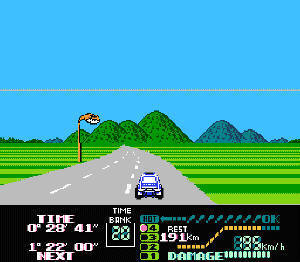
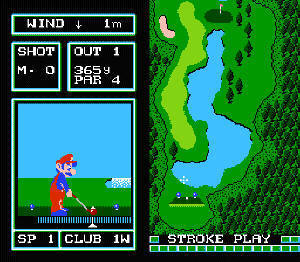
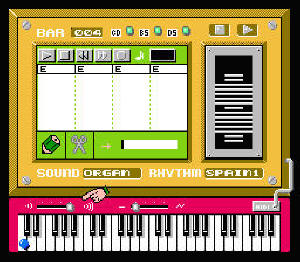
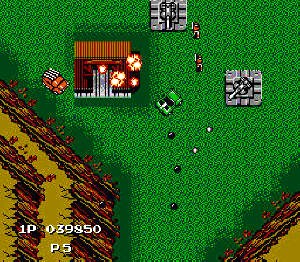
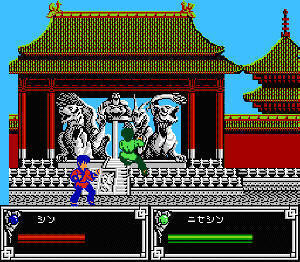
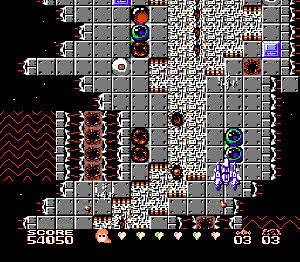
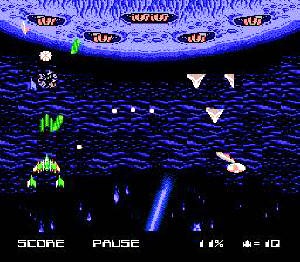
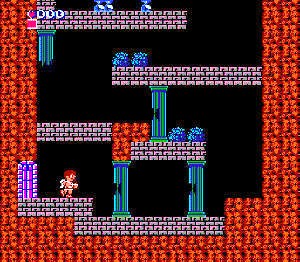
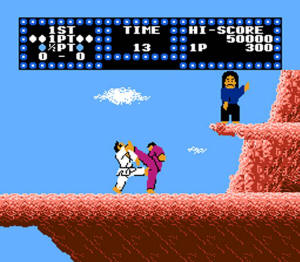
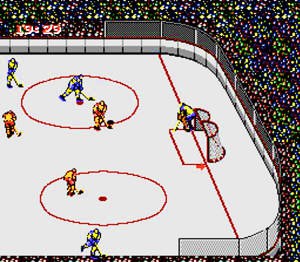
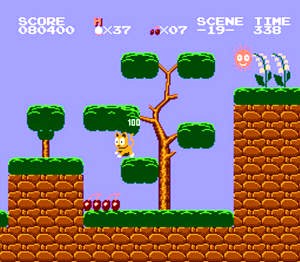
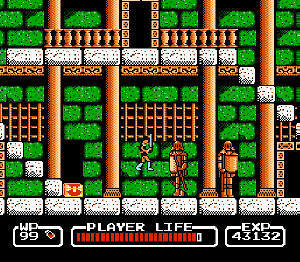
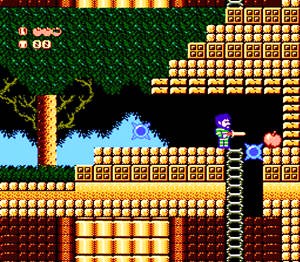
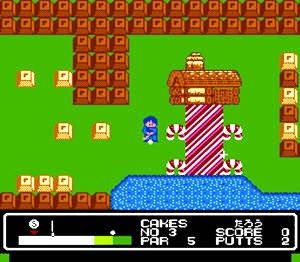
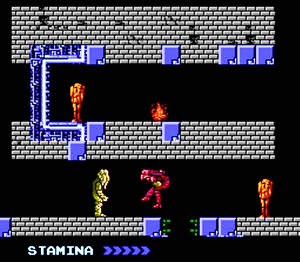
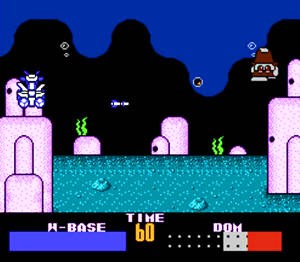
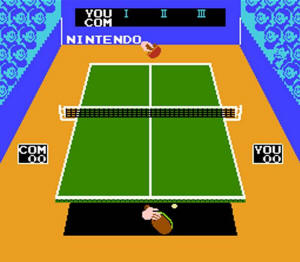
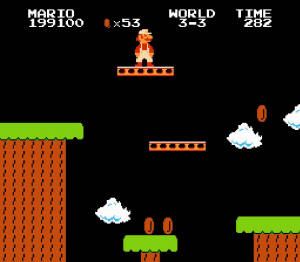
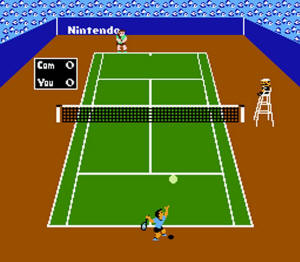
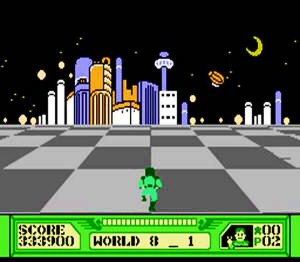
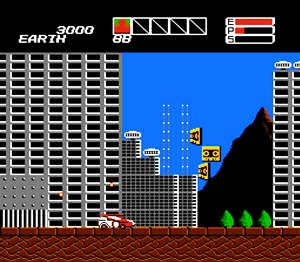
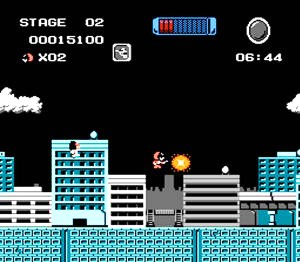
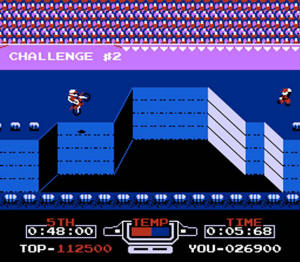
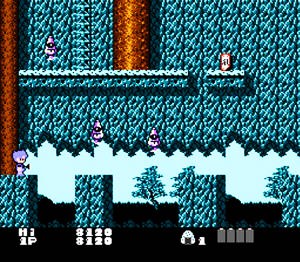
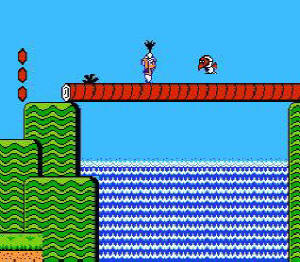
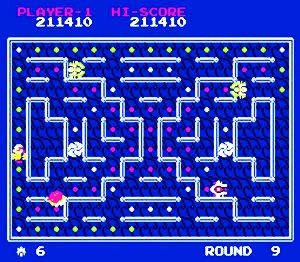
 EMULATION
EMULATION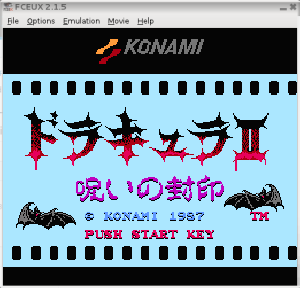
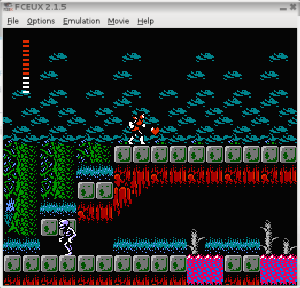
 SPECS & MANUALS
SPECS & MANUALS OTHER
MEDIA
OTHER
MEDIA WEB RESOURCES
WEB RESOURCES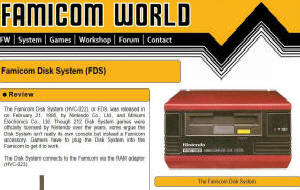
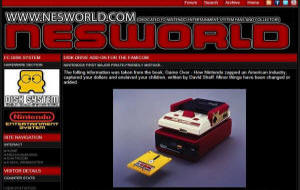
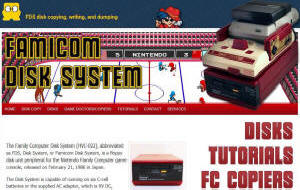
 DISCUSS
DISCUSS